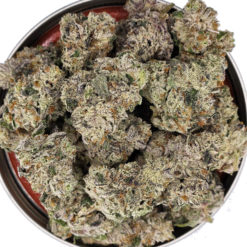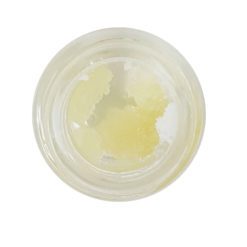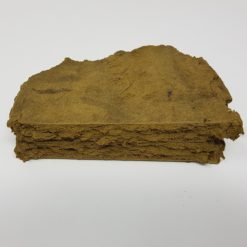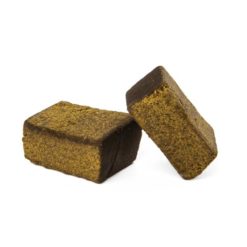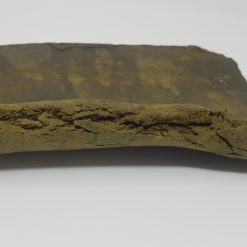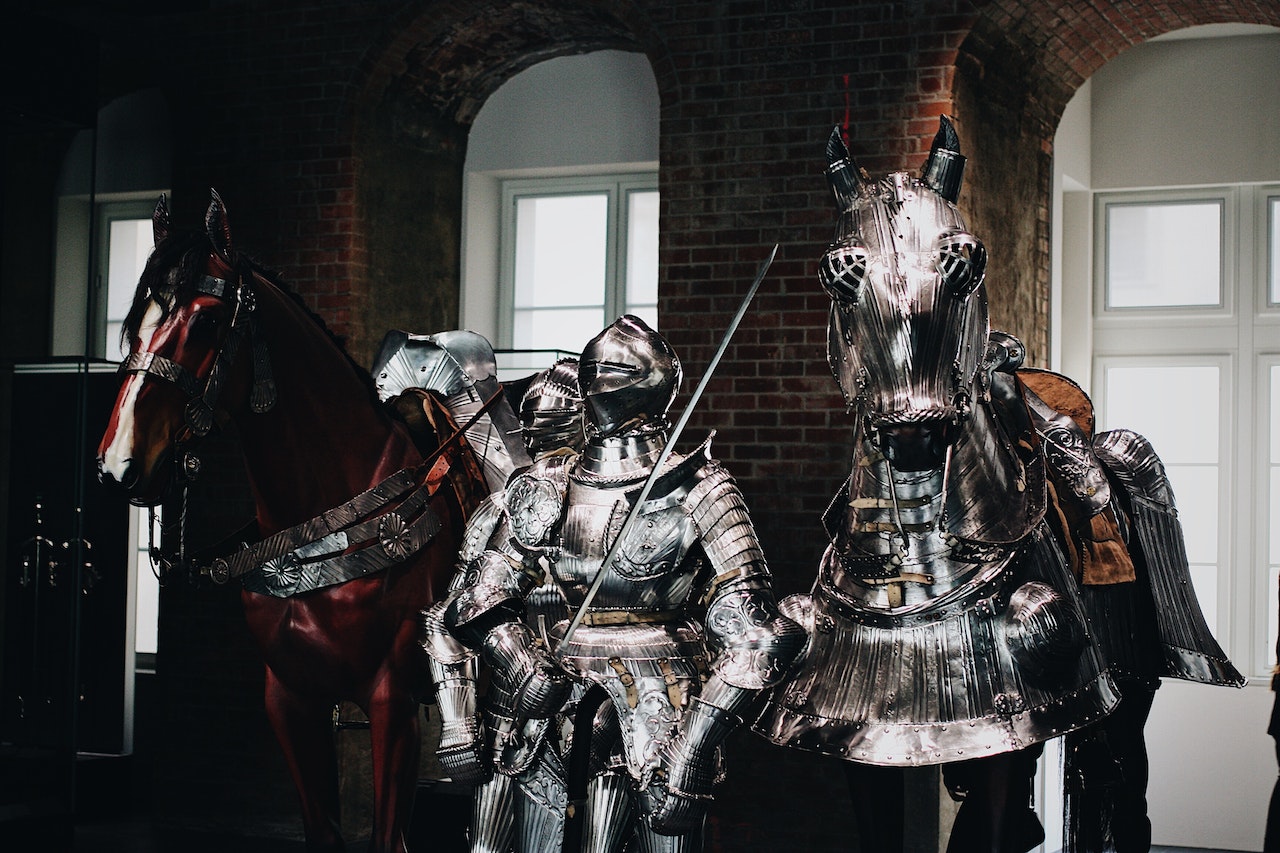The history of cannabis use in medieval Europe reveals a complex tapestry of cultural, medical, and religious influences. While cannabis was not as widely cultivated or consumed as it is in some regions today, its presence can be traced through various sources and historical records.
Cannabis, commonly known as hemp, was primarily grown for its fibrous properties during the medieval period. Its sturdy fibers were utilized for making ropes, textiles, and even sails for ships. Hemp cultivation was encouraged by the Church and local governments due to its economic significance and versatility.
However, cannabis also found its way into medicinal practices of the time. Herbalists and apothecaries recognized its therapeutic potential and employed it to treat a range of ailments. Cannabis was commonly used as an analgesic, sedative, and anti-inflammatory agent. It was applied topically or consumed in the form of infusions, ointments, or tinctures.
The medieval understanding of cannabis’s effects was often intertwined with beliefs about its spiritual and mystical properties. Certain religious orders, particularly the Dominican and Franciscan friars, cultivated cannabis in their monastic gardens. They employed it for ceremonial and medicinal purposes, often in the context of prayer and meditation. Some accounts even suggest that cannabis was used to induce visions or altered states of consciousness during religious practices.
The association between cannabis and spirituality extended beyond the Christian context. Cannabis was also known among the medieval Muslim communities. It was mentioned in the works of Islamic scholars and physicians, such as Ibn Sina (Avicenna), who documented its therapeutic properties. It was commonly used as an analgesic, anti-spasmodic, and sleep aid, aligning with its applications in other cultural contexts.
While cannabis had its place in medieval society, its use was not without controversy. The Church, despite its support for hemp cultivation, began to view cannabis with suspicion as its psychoactive properties became more apparent. Concerns about excessive indulgence and abuse arose, leading to restrictions on cannabis use in certain regions. However, these restrictions were more focused on recreational use rather than its medicinal or industrial applications.
In conclusion, cannabis played a multifaceted role in medieval Europe. Its cultivation for industrial purposes was widespread, driven by its economic value. Medicinally, cannabis was recognized for its therapeutic properties and employed by herbalists and apothecaries. Moreover, it had a notable presence within religious practices, both Christian and Islamic, with its potential for inducing altered states of consciousness. While cannabis faced increasing scrutiny over time, it remained a part of medieval European society, leaving behind traces of its historical significance.




